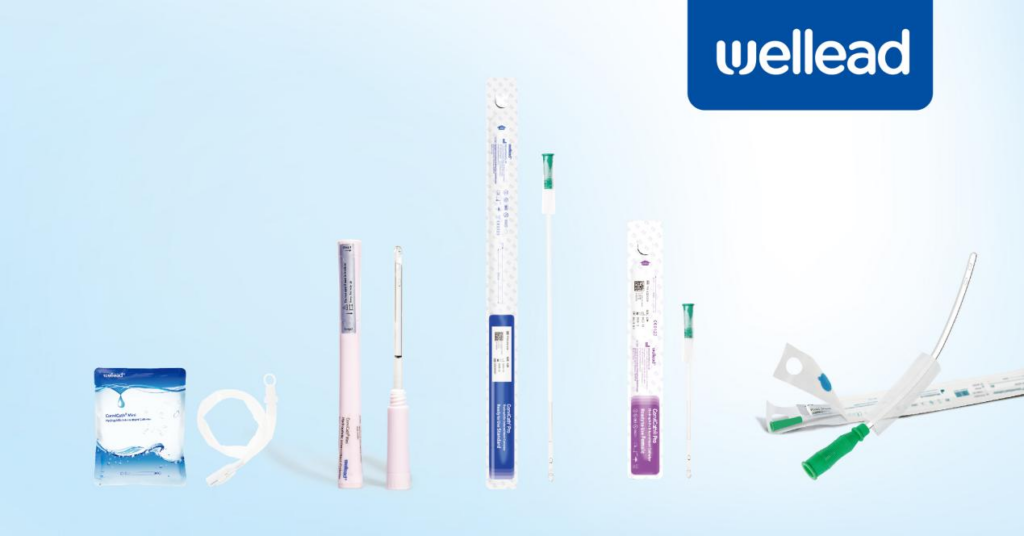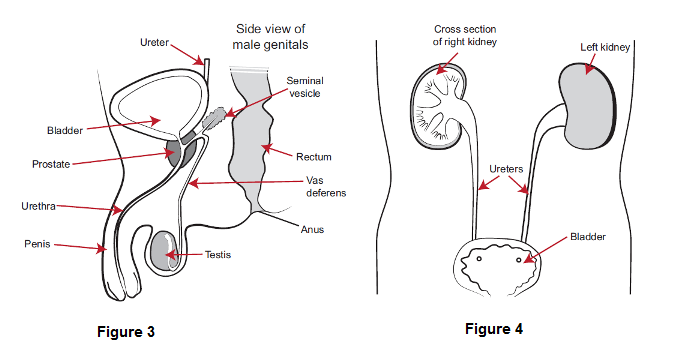Intermittent Catheterization (IC) stands as the gold standard for bladder management in modern continence care; Intermittent self-catheterization (ISC), as the name suggests, is a self-administered way. It involves the periodic insertion of a sterile, narrow tube known as an intermittent catheter to drain urine from the bladder. Unlike indwelling catheters that remain in place continuously, intermittent urinary catheters are inserted only when needed and removed immediately after bladder emptying.
The value of ISC extends far beyond simple bladder drainage. It enables individuals with bladder dysfunction to maintain independence and dignity, significantly improving their quality of life. This comprehensive guide addresses the essential aspects of living with self-catheterization, from understanding when it’s needed to mastering the proper techniques for both men and women.
Intermittent Self-catheterization (ISC)
Also called self-catheterization or clean intermittent catheterization (CIC).
It is a medical technique where individuals insert a catheter into their bladder through the urethra at regular intervals to drain urine completely. The procedure is performed by the patient themselves or with caregiver assistance, typically occurring 4-6 times daily (every four to six hours) based on individual needs. This technique allows for complete bladder emptying while maintaining normal bladder function between catheterizations.
Intermittent Catheter
An intermittent catheter is a thin, hollow, sterile tube specifically designed for temporary bladder drainage. These medical devices come in various materials, lengths, and designs to accommodate different patient needs and anatomical requirements.
Modern intermittent self-catheters are typically designed with a smooth, rounded surface, and some are equipped with a hydrophilic coating or lubrication system to enhance comfort and safety during use.
When Do People Need ISC?
Intermittent self-catheterisation (ISC) becomes necessary when the bladder cannot empty completely or efficiently on its own.
Common indications requiring ISC include:
- Neurogenic bladder.
- Bladder surgery.
- Urinary incontinence, urinary retention, or urethritis.
- Central nervous system tumors.
- Enlarged prostate or prostatitis.
- Multiple sclerosis (MS).
- Stroke.
- Surgical injury or complications.
- Certain phases of postoperative recovery.
In summary, healthcare providers typically recommend ISC when patients experience incomplete bladder emptying, recurrent urinary tract infections, or kidney complications due to retained urine.
ISC Preparation – For Both Men and Women
Successful ISC requires proper preparation regardless of gender. Essential preparation steps include:
- Wash hands thoroughly with soap and warm water
- Clean the urethral opening and the surrounding skin
- Ensure adequate lighting for proper visualization
- Position supplies within easy reach
- Assume a comfortable position that allows easy access to the urethra
The specific catheter design influences preparation requirements. Well Lead Medical’s ConviCath® Series Intermittent Catheters, for example, feature different preparation methods depending on the series chosen, with some requiring water activation while others come ready-to-use.
Self-Catheterization Female Procedure
The female urethra is relatively short (approximately 4 cm). The urethral opening is located between the clitoris and the vaginal opening.
Figure 1–The urethral and vaginal openings on a female.
Figure 2–Cross section of female abdomen.
Source: HealthyWA, Western Australia Department of Health (https://www.healthywa.wa.gov.au/Articles/U_Z/Your-self-intermittent-catheter)
The ConviCath® Series Intermittent Catheters for Women by Well Lead Medical:
ConviCath® Mini Compact Female
- Portable and discreet
- Ready-to-use, dry-wet separation, touch-free design
- Hydrophilic coated catheter, eco-friendly TPU material
- Elegant pink design, tailored for women
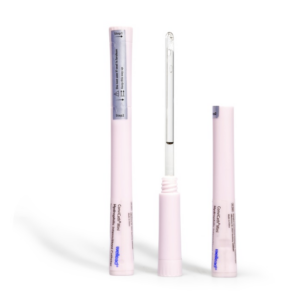
ConviCath® Pro Ready to Use Female
- Ready-to-use, hydrophilic coating
- protective sleeve
- No additional lubrication required
- Easy to use and suitable for various situations
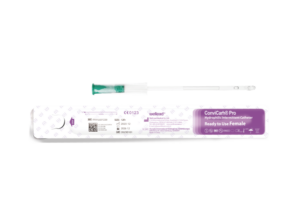
ConviCath® Female
- Water-activated hydrophilic coating
- Atraumatic tip and side holes
- Protective sleeve design, thumb grip for easy opening
- Individually sterile packaging, available in a full range of sizes
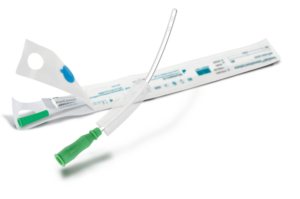
Self-Catheterization Male Procedure
The male urethra is relatively long (approximately 18–22 cm), so a specially designed long catheter is required. For some patients (such as those with prostatic hyperplasia), a Tiemann tip catheter may be used.
Figure 3–Cross-section of male penis and abdomen.
Figure 4–Location of bladder and kidneys in males.
Source: HealthyWA, Western Australia Department of Health (https://www.healthywa.wa.gov.au/Articles/U_Z/Your-self-intermittent-catheter)
The ConviCath® Series Intermittent Catheters for Males by Well Lead Medical:
ConviCath® Mini Compact Standard
- Sliding switch for splash prevention, 100% touch-free protection
- Hydrophilic lubrication, ready for immediate use
- Compact packaging for easy portability
- Eco-friendly TPU material
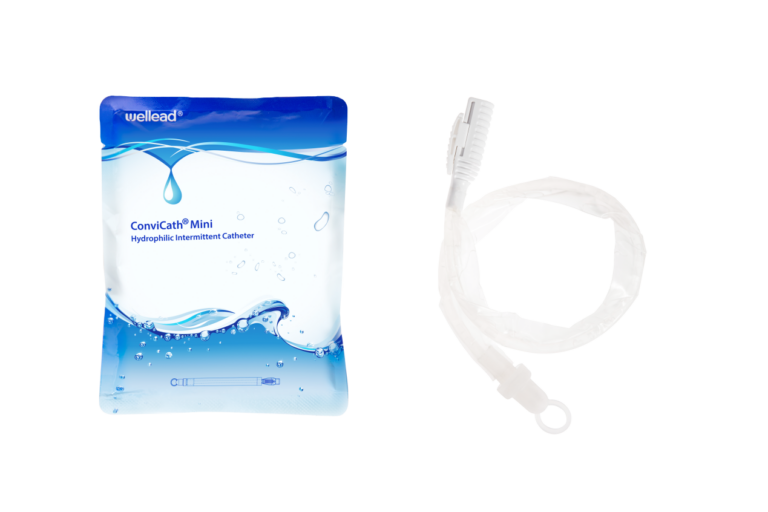
ConviCath® Pro Ready to Use Standard/Tiemann
- Ready-to-use hydrophilic coating
- Standard and Tiemann (curved tip) options
- Non-slip protective sleeve, adhesive tab design
- Easy to use, available in a wide range of sizes
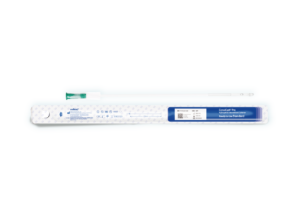
ConviCath® Standard/Tiemann
- Water-activated hydrophilic coating
- Available in standard and Tiemann (curved tip) options
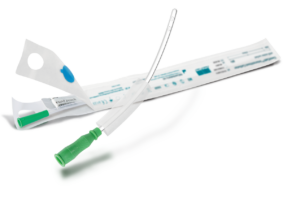
FAQs about the Use of Intermittent Self-Catheter
FAQs about Intermittent Self-Catheter Use
1. Is ISC more likely to cause infection?
When performed correctly, ISC carries a much lower risk of infection compared to indwelling catheters. Hydrophilic intermittent catheters, in particular, can significantly reduce the incidence of urinary tract infections (UTIs).
2.How can I safely use an intermittent self-catheter when I’m out and about?
Well Lead Medical recommends the portable ConviCath® Mini series—hydrophilic and ready to use, compact, and discreet. When going out, carry wet wipes and do not neglect cleaning your hands, the urethral opening, and the surrounding skin. Plan your route with restroom access in mind.
3.Will there be urine leakage during the catheter operation? Will I get wet?
By following proper technique, urine leakage and splashing can be effectively avoided. With practice and correct operation, most users can catheterize cleanly and confidently.
Remember These Points
Catheterization | Notes |
Standard | 4–6 times per day, i.e., every 4–6 hours |
Bladder Capacity | Do not exceed 500 ml per catheterization |
Individual Adjustment | Adjust according to fluid intake and personal circumstances |
Regular intermittent catheterization can effectively reduce the risk of infection and help maintain bladder health.
Follow-Up and Medical Review
- Attend regular follow-up appointments as directed by your doctor.
- Have annual urinary system examinations and kidney function assessments.
- Seek medical attention promptly if you experience recurrent urinary tract infections, hematuria (blood in urine), difficulty with catheter insertion, unusual pain, changes in urine color or odor, or fever.
Well Lead Medical
For patients with diverse needs—such as intermittent catheters for men and intermittent catheters for women—Well Lead Medical offers a comprehensive ConviCath® product line. Our hydrophilic intermittent catheters feature advanced hydrophilic coatings and eco-friendly TPU materials, ensuring comfort, safety, and environmental responsibility. Whether you prefer the portable ConviCath® Mini, the ready-to-use ConviCath® Pro, or traditional standard models, we provide thoughtful continence care solutions for different users.
Scientific self-management begins with choosing the right product and following the proper technique. By collaborating with a professional medical team, every patient can confidently live with self-catheterization, enjoying a freer, healthier life.
References:
[1] Self-Catheterization (Clean Intermittent Catheterization). Available at: https://my.clevelandclinic.org/health/procedures/15434-clean-intermittent-catheterization (Accessed: 30 June 2025)
[2] Your self-intermittent catheter. Available at: https://www.healthywa.wa.gov.au/Articles/U_Z/Your-self-intermittent-catheter (Accessed: 30 June 2025)
[3] Neurogenic bladder. Available at: https://www.mountsinai.org/health-library/diseases-conditions/neurogenic-bladder (Accessed: 30 June 2025)


